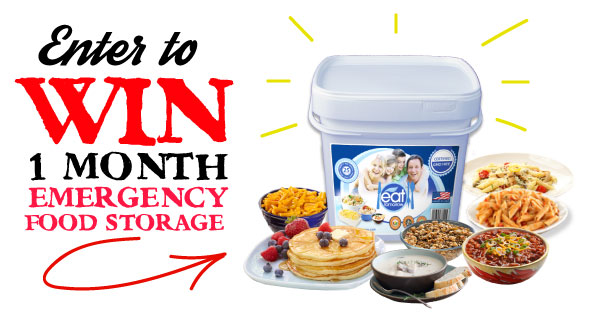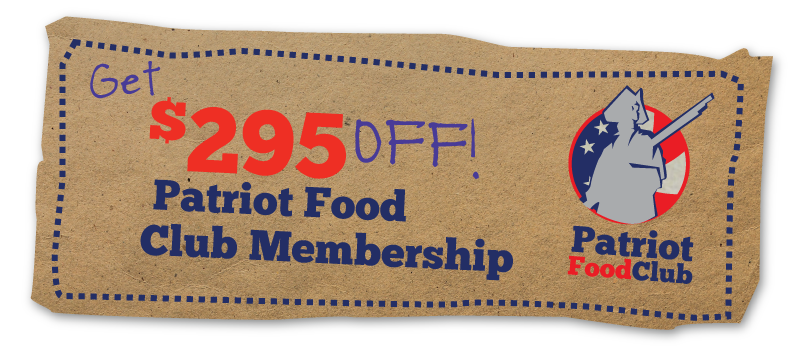The most historically American crop is also the most versatile. Corn (Zea mays) is essentially grass that has been cultivated and bred to the size it is today. Originally cultivated in Mexico 7,000 years ago, corn is now America’s biggest crop and a staple of the global food supply. Corn is used in many ways other than feasting on at the dinner table or popping for movie snacks, some you might not even realize.
1. Cornmeal
Cornmeal is made by grinding whole corn. The coarsest meal is called grits, which is used to make corn flakes. A somewhat finer grade is sold in stores to make cornbread, deep-fry batter, and hushpuppies. Even more finely ground meal is called corn cones, and is used for baking and for dusting pizza dough. The finest grade of ground corn is corn flour, used for pancakes, donuts, breading, and baby food. Another type of cornmeal is called masa flour, which is made by treating corn with lime (alkalai). This releases the corn’s niacin into a form the body can use. The resulting whole corn is called hominy, and ground treated corn is dried and powdered to make masa flour, which is then used to make tortillas and tamales.
When you get past corn as a whole food in itself, you get into the wet-mill process, which breaks down corn into its components, and here is where you get so many other corn products.
 (Image source: University of Nebraska Institute of Agriculture)
(Image source: University of Nebraska Institute of Agriculture)
2. Penicillin
Corn steep liquor is a byproduct of the process of separating the various parts of corn (see the byproduct in this flowchart). It is the water used to soak the various components, and it is reused in several steps. Corn steep liquor contains acids, yeast, gluten, and plenty of nitrogen, and is partially fermented by the time it leaves the mill. It was discarded as waste until the 1940s, when scientists determined that corn steep liquor is the perfect medium in which to grow large quantities of penicillin.
3. Starch
Corn Starch is made from the endosperm of the corn, the part of the seed that exists to nourish the potential new plant. After the hull and germ are removed, the endosperm is ground up and the gluten is separated from the starch, leaving nothing but carbohydrate. Corn starch is used as a thickening agent for liquid food and an alternative to talc in body powder. It is mixed with sugar to make confectioners sugar and was once used to make clothing keep a nicely-pressed look. Corn starch is also the main ingredient in biodegradable plastic.
4. Sugar
Corn syrup is made from corn starch. Starch is a carbohydrate, a molecular chain of sugars. Enzymes are added to the starch to break the chains into sugars, mainly glucose. Further processing can change the sugars into high-fructose corn syrup. HFCS is used to sweeten a variety of products, most notably soft drinks. Corn syrup is much cheaper and sweeter than cane sugar. A number of studies have linked the use of HFCS to the rise in obesity. Whether this correlation (which does not prove causation) is due to any organic differences between HFCS and cane sugar or to the quantity consumed is still under debate. The Corn Refiner’s Association has asked the FDA for permission to change the term used for high-fructose corn syrup to “corn sugar”.
5. Whiskey
People have made liquor from their crops for thousands of years, and in the western hemisphere that meant whiskey distilled from corn. During the settlement of the Appalachian Mountains by European immigrants, farmers found it much easier to transport their corn crop to distant markets when they distilled it first (and just as profitable, if not more so). Taxes imposed during the Civil War and later liquor prohibition laws split the corn whiskey industry into the legal distilling of Bourbon and the illegal distilling of moonshine, so called because it was produced at night to evade notice.
6. Ethanol
Distilled alcohol from grain is called ethanol. The word in modern usage usually refers to ethanol fuel or biofuel made by distilling corn. Regular gasoline-powered cars can run on gas blended with up to 10% ethanol. Corn is a renewable resource, so biofuels are seen as a replacement for fossil fuels. However, the growing use of corn for biofuel raises concerns about the diminishing availability of corn for food. Also, the production of biofuels uses as much -or more- energy than it produces.
7. Cornsilk
Tea brewed from cornsilk is used as a remedy for urinary tract infections, as it has diuretic properties. The tea has been marketed to help everything from bedwetting to diabetes to cancer, but the medical community says there is insufficient evidence for such claims. Cornsilk is not harmful to most people, but there are some warnings for those with some health conditions or who are taking certain medications.
8. Corn Cobs
 Corn cobs might seem like the throwaway part of corn, but have their uses -and more uses are discovered or developed all the time. Ground cobs are used for livestock feed. Traditional farm uses include animal bedding, toilet paper substitute, landfill, fuel, and to make corn cob jelly. Modern industrial products made from corn cobs include absorbents for oil and hazardous waste, insecticides, fertilizer, and grit for tumbling and blasting. Cobs, as well as corn stalks, are starting to be used to produce ethanol. And you can still make a pipe out of a corn cob.
Corn cobs might seem like the throwaway part of corn, but have their uses -and more uses are discovered or developed all the time. Ground cobs are used for livestock feed. Traditional farm uses include animal bedding, toilet paper substitute, landfill, fuel, and to make corn cob jelly. Modern industrial products made from corn cobs include absorbents for oil and hazardous waste, insecticides, fertilizer, and grit for tumbling and blasting. Cobs, as well as corn stalks, are starting to be used to produce ethanol. And you can still make a pipe out of a corn cob.
9. Oil
Oil is produced by squeezing the germ of the corn. It is used as a food ingredient and for frying food in (most appropriately for popping popcorn). Margarine is often made from corn oil, although other oils are used as well. Corn oil is also used in many cosmetics, soaps, medicines, and other products.
10. Glue
Corn germ is a waste product of the separation of corn components. It is what’s left of the plant germ after the oil has been pressed out, and is used for livestock feed. However, components of corn germ can be used to make industrial glue stronger. This reduces the amount of resin required in the glue formula, which should make the adhesive less expensive to produce.
Meanwhile, we can use corn in all its harvest glory to decorate our homes and businesses for autumn.






